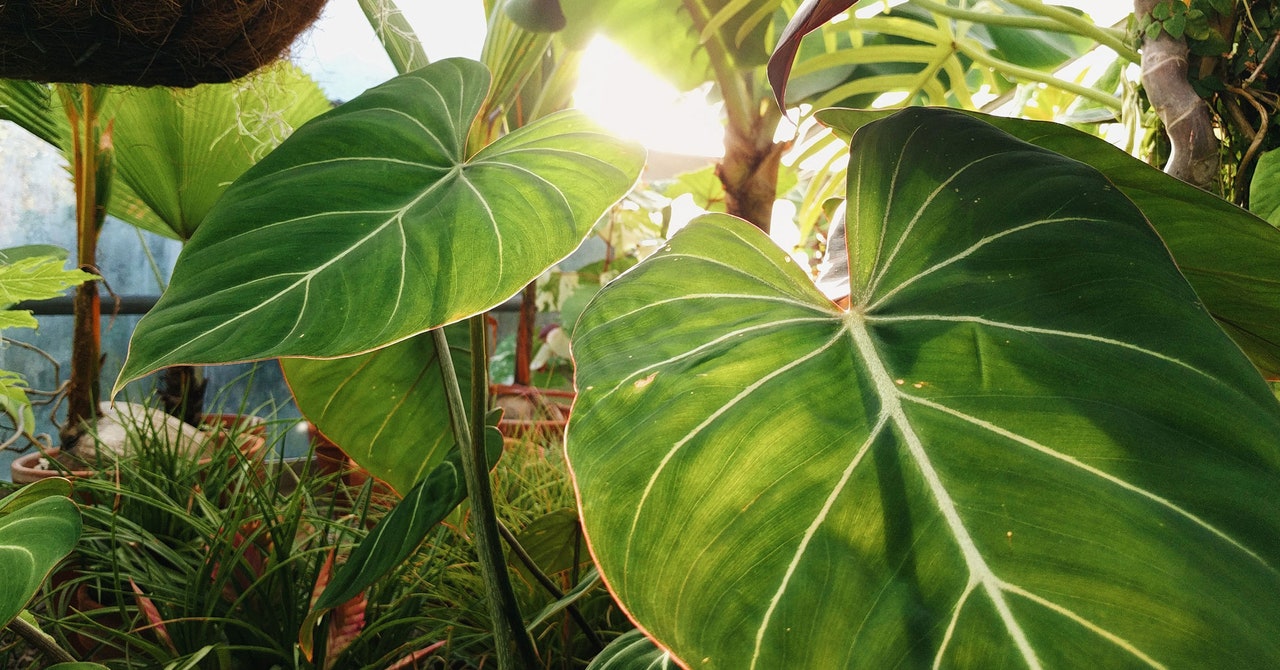From large trees in the Amazon jungle to houseplants to seaweed in the ocean, green is the color that reigns over the plant kingdom. Why green—and not blue or magenta or gray? The simple answer is that although plants absorb almost all the photons in the red and blue regions of the light spectrum, they absorb only about 90 percent of the green photons. If they absorbed more, they would look black to our eyes. Plants are green because the small amount of light they reflect is that color.
Original story reprinted with permission from Quanta Magazine, an editorially independent publication of the Simons Foundation whose mission is to enhance public understanding of science by covering research developments and trends in mathematics and the physical and life sciences.
But that seems unsatisfyingly wasteful, because most of the energy that the sun radiates is in the green part of the spectrum. When pressed to explain further, biologists have sometimes suggested that the green light might be too powerful for plants to use without harm, but the reason why hasn’t been clear. Even after decades of molecular research on the light-harvesting machinery in plants, scientists could not establish a detailed rationale for plants’ color.
Recently, however, in the pages of Science, scientists finally provided a more complete answer. They built a model to explain why plants’ photosynthetic machinery wastes green light. What they did not expect was that their model would also explain the colors of other photosynthetic forms of life too. Their findings point to an evolutionary principle governing light-harvesting organisms that might apply throughout the universe. They also offer a lesson that—at least sometimes—evolution cares less about making biological systems efficient than about keeping them stable.
The mystery of the color of plants is one that Nathaniel Gabor, a physicist at the University of California, Riverside, stumbled into years ago while completing his doctorate. Extrapolating from his work on light absorption by carbon nanotubes, he started thinking of what the ideal solar collector would look like, one that absorbed the peak energy from the solar spectrum. “You should have this narrow device getting the most power to green light,” he said. “And then it immediately occurred to me that plants are doing the opposite: They’re spitting out green light.”
In 2016, Gabor and his colleagues modeled

